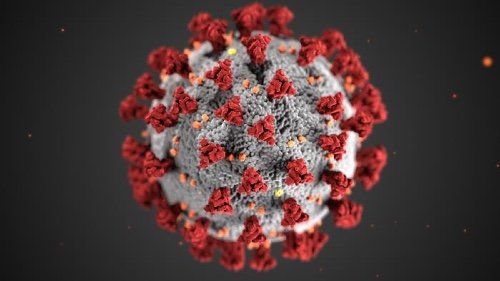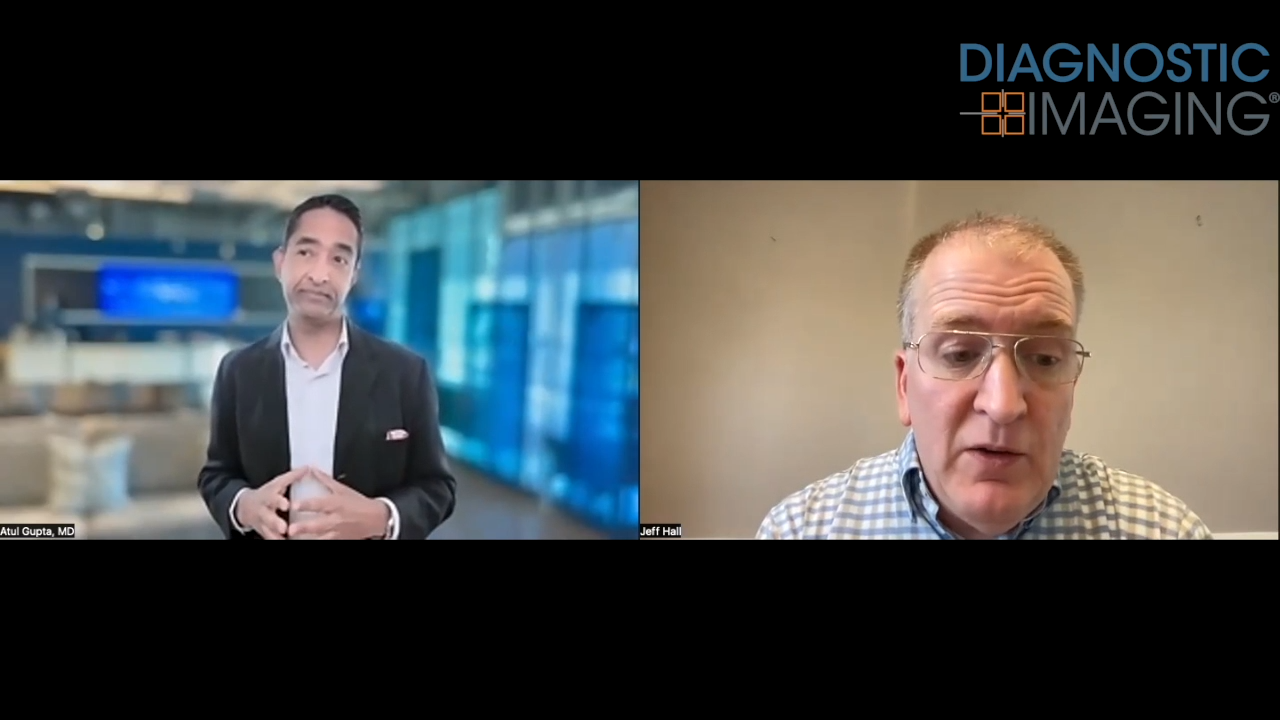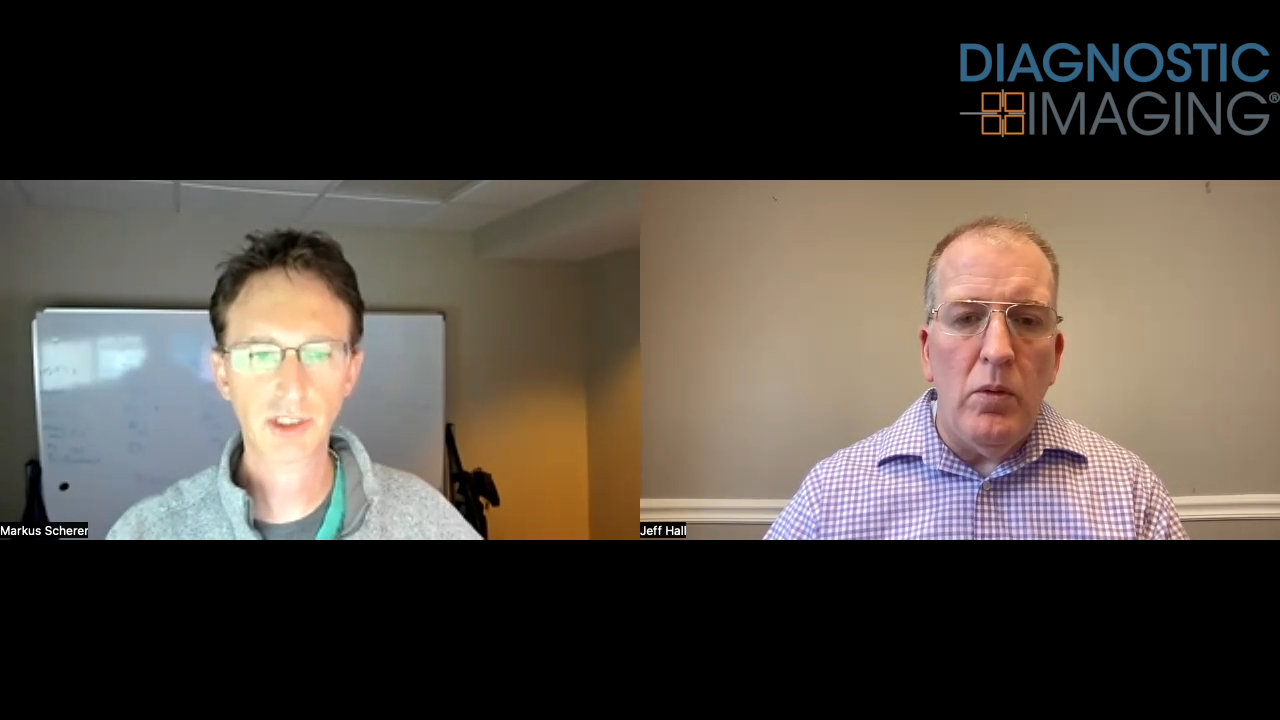MITA Urges FDA to Accelerate Mobile Imaging Reviews During COVID-19
Recommendations look to bring needed imaging equipment to facilities faster.

With the growing need for medical imaging to manage patients with COVID-19 infection, the Medical Imaging & Technology Alliance (MITA) asked the U.S. Food & Drug Administration (FDA) earlier this month to offer some regulatory flexibility that will make it easier for manufacturers to make needed equipment more quickly available.
“The COVID-19 pandemic poses an unprecedented health challenge. Medical imaging is playing an important role helping scientists and physicians better understand and confront COVID-19,” said Dennis Durmis, chair of the MITA Board of Directors. “Mobile imaging is a key component in responding where the crisis is most acute and imaging manufacturers are working with the FDA and other key agencies to increase the availability of medical imaging equipment where it is most needed.”
To hasten the arrival of these tools in the clinical environment, MITA has requested the FDA:
- Temporarily prioritize review and clearance for medical imaging devices, including mobile X-Ray systems, CT scanners, and portable ultrasound, as these modalities play a role in COVID-19 management.
- Leverage third party review recommendations for current imaging device submissions, when possible, and expediate accession numbers for 510(k) cleared products that are being imported to address the pandemic.
- Temporarily grant greater flexibility for static-to-mobile conversions for 510(k) cleared medical imaging systems.
- Grant temporary flexibility to use alternate components and supplier qualification in an effort to meet increased demand.
- Assess the full impact of facility and importation customs inspections on timely delivery of medical imaging devices, and, potentially, postpone inspections until the pandemic has lessened.
- Collaborate with the Department of Homeland Security and other government agencies to satisfy the growing demand for medical imaging devices in the most heavily affected areas, as well as facilitate movement of personnel servicing the equipment.
While none of these measures would impact the safety and efficacy of medical imaging devices, Durmis said, acting on these recommendations would make it easier to deliver vital medical imaging equipment during a time when need is critical.
What New Research Reveals About Novice Use of AI-Guided Cardiac Ultrasound
April 4th 2025In a study recently presented at the American College of Cardiology (ACC) conference, researchers found that novice use of AI-guided cardiac ultrasound after an AI-enabled electrocardiogram increased the positive predictive value for reduced left ventricular ejection fraction (LVEF) or aortic valve stenosis by 33 percent.
GE HealthCare Debuts AI-Powered Cardiac CT Device at ACC Conference
April 1st 2025Featuring enhanced low-dose image quality with motion-free images, the Revolution Vibe CT system reportedly facilitates improved diagnostic clarity for patients with conditions ranging from in-stent restenosis to atrial fibrillation.










